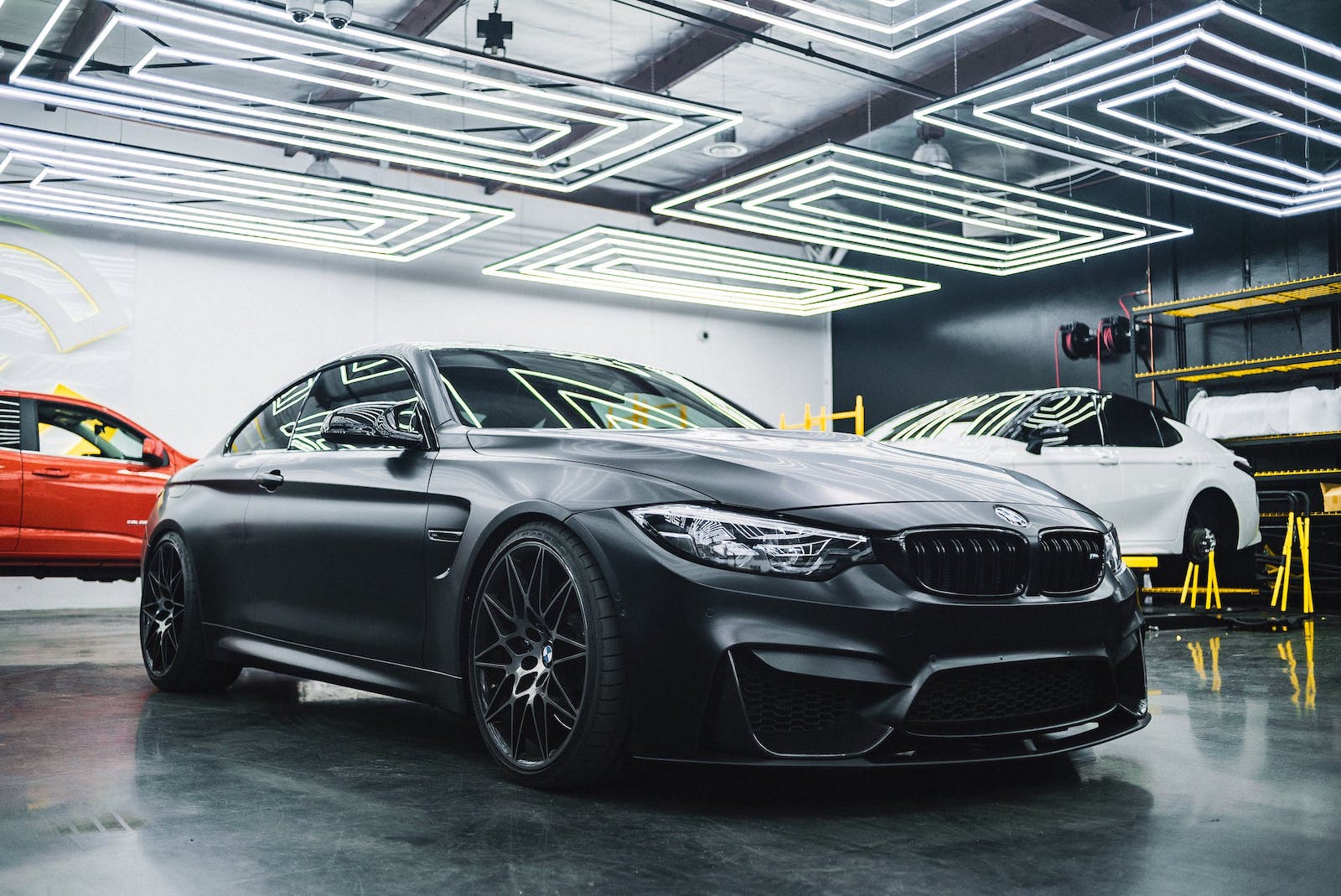Convertible Car Insurance: Why It’s More Expensive and How to Save on Premiums
If you’re a proud owner of a convertible, you’ve likely enjoyed the thrill of open-air driving and the style statement your car makes.
If you’re a proud owner of a convertible, you’ve likely enjoyed the thrill of open-air driving and the style statement your car makes. However, that freedom often comes with a hefty price tag when it comes to insurance. Convertibles are typically more expensive to insure than regular cars due to several factors, but that doesn’t mean you’re doomed to sky-high premiums. With some knowledge and smart decisions, you can find ways to lower your convertible car insurance costs.
In this blog, we’ll explore why convertibles tend to be more expensive to insure, how much you can expect to pay for coverage, and what you can do to save money on premiums while ensuring your prized possession remains well-protected.
Why Are Convertibles More Expensive To Insure?
Insurance rates are influenced by a variety of factors, and convertibles carry certain risks and costs that other vehicles don’t. Here’s a breakdown of the main reasons why insuring a convertible usually comes with higher premiums.
High Purchase Price
Convertibles are often priced higher than their coupe counterparts, and this increased purchase cost directly affects insurance premiums. For instance, a 2024 Mustang GT Premium Convertible is priced about $5,500 higher than the Fastback model of the same year. Since insurers must take the vehicle's replacement cost into account when determining collision and comprehensive insurance rates, a higher retail price usually translates to higher premiums. Simply put, the more it costs to replace or repair a vehicle, the more you’ll pay to insure it.
Exposure to Theft
Convertibles are at greater risk of theft for two reasons: their high value and their accessibility. A convertible’s soft-top design makes it easier for thieves to break in compared to a hard-top car, especially if the vehicle is left unattended with the top down. This increased vulnerability raises the risk for insurers, which in turn leads to higher comprehensive insurance premiums. In other words, if your car is easier to steal, you can expect to pay more to insure it.
Minimal Protection From the Elements
While a soft-top roof offers an undeniable allure, it doesn’t provide the same protection from the elements as a hard-top vehicle. Convertibles are more prone to damage from severe weather conditions like hail, wind, and heavy rain. A hailstorm might only leave a few dents on a standard car, but it could tear through the fabric roof of a convertible. Additionally, wind and water can damage the interior of the vehicle, increasing the likelihood that you’ll file a claim. This vulnerability to weather-related damage is another factor that raises insurance premiums for convertible owners.
Injury Risk During Crashes
Convertibles may not have higher accident rates than other cars, but studies show that convertible drivers are slightly more likely to be ejected from their vehicle in the event of a collision. While modern convertibles come equipped with advanced safety features, the open design inherently makes them less safe in certain situations compared to fully enclosed vehicles. This increases the risk of severe injury, which could lead to higher premiums for medical payments coverage (Medpay) or personal injury protection (PIP). Even though convertibles are statistically no more dangerous to drive, insurers may still charge more based on perceived risk.
Greater Potential To Cause Property Damage and Bodily Injury to Others
Convertibles tend to be heavier than their non-convertible counterparts. Manufacturers often add weight to the vehicle’s frame to compensate for the lack of a hard-top roof, ensuring the overall structure remains strong and stable. However, a heavier car can cause more damage in a crash, both to other vehicles and to passengers. This added weight increases the potential for costly property damage and more serious injuries, which in turn can lead to higher liability insurance premiums.
How Much Does Convertible Car Insurance Cost?
So, how much should you expect to pay to insure your convertible? On average, insuring a convertible can range between $1,500 and $3,500 per year. This range is higher than the national average for insuring standard vehicles, which is typically around $1,700 for full coverage auto insurance.
The exact cost of your premium will depend on several factors, including the make and model of your convertible, your driving history, where you live, and the specific coverage options you choose. For instance, luxurious and high-performance convertibles like the BMW Z4 or Mercedes-Benz SL-Class are on the higher end of the spectrum due to their higher retail values and expensive repair costs. Meanwhile, factors like your location also play a significant role—urban areas with higher crime rates and more traffic generally result in higher insurance premiums than rural areas with lower risks.
What Should I Consider When Insuring a Convertible?
Before purchasing insurance for your convertible, it’s essential to weigh your options carefully and understand what kind of coverage is best suited for your vehicle. Here are a few key considerations to keep in mind:
Meeting Minimum State Requirements
Every state has its own minimum requirements for auto insurance, and you’ll need to make sure your policy at least meets these regulations. That said, most insurance experts recommend going beyond the minimum coverage to ensure you’re adequately protected. A good rule of thumb is to aim for coverage that includes $100,000 in bodily injury liability per person, $300,000 in bodily injury liability per accident, and $100,000 in property damage liability. This ensures you have enough protection if you’re involved in an accident where you’re at fault.
Full Coverage vs. Liability-Only
Full coverage, which includes both comprehensive and collision coverage, isn’t legally required in most states. However, if you’re financing your convertible, your lender will likely require you to maintain full coverage until the loan is paid off. Even if you own your convertible outright, full coverage can still be a good idea—especially if it’s a newer, high-value model. On the other hand, if you’re driving an older convertible that has depreciated in value, you might consider dropping full coverage and opting for liability-only insurance. A good rule to follow is that if your car is worth less than 10 times the cost of full coverage, it might be time to switch to liability-only.
How Can I Get Car Insurance Discounts for My Convertible?
Although convertibles tend to be more expensive to insure, there are several ways you can lower your premiums through discounts and smart decisions. Here are some tips for saving money on your convertible car insurance:
Safe Driving Discounts
Many insurance companies offer discounts to drivers who maintain a clean driving record and complete driver safety programs. If you go a certain amount of time without filing any claims or getting into accidents, you may qualify for a good driver discount, which could significantly reduce your premium.
Good Student Discount
If you or someone in your household is a student, maintaining a high GPA can earn you a discount with many insurance providers. Typically, students with a grade point average of 3.0 or higher are eligible for this discount, which can help offset the higher costs of insuring a convertible.
Installing Anti-Theft Devices
Since convertibles are at higher risk of theft, installing anti-theft devices like car alarms, kill switches, or GPS tracking systems can lower your insurance premiums. These devices make your car less likely to be stolen, which reduces the insurer’s risk and may qualify you for a discount.
Bundling Policies
Another way to save is by bundling your auto insurance with other policies, such as homeowners or renters insurance. Many insurance companies offer discounts to customers who purchase multiple types of coverage from them, allowing you to save on both your car and home insurance.
Adding Multiple Vehicles to Your Policy
If you own more than one car, consider adding all your vehicles to the same insurance policy. Many insurers offer a multi-car discount, which can lead to lower premiums for each vehicle you insure under the same policy.
Raising Your Deductible
One of the most straightforward ways to lower your premium is by raising your deductible. A higher deductible means you’ll pay more out of pocket when you file a claim, but it also reduces your monthly premium, which could result in significant savings over time.
Shopping Around for Insurance
Finally, one of the best ways to ensure you’re getting the best deal on your convertible insurance is by comparing quotes from multiple providers. Insurance rates can vary widely between companies, so it’s worth taking the time to shop around and find the best coverage at the best price.
While convertibles may be more expensive to insure due to their high value and increased risks, there are several ways to reduce your premiums. By understanding the factors that influence your insurance costs and taking advantage of discounts, you can protect your vehicle without breaking the bank. Always be sure to compare quotes, ask about available discounts, and carefully consider your coverage needs to get the best deal possible.
What's Your Reaction?


















